If you’re a first-time visitor to Portugal or a seasoned veteran, many of these simple mistakes happen time and time again. Here’s 15 of the most common mistakes I see visitors make in Portugal, and how to avoid them!
1. Thinking the Couvert is Free
One of the most common sources of confusion surrounds the couvert that is served at the start of a meal. The scenario is always the same, someone sits at a restaurant and is brought a plate of bread, butter, and usually some olives. In nicer restaurants, it often includes pates, and maybe even cheese.
Hungry diners dive into this deliciousness, without considering there’s a cost to it. The couvert, which means ‘cover’ is a traditional part of restaurants in Portugal. You’ll find similar concepts across the Mediterranean. It is very rarely free, and you can ask the wait staff to remove it from the table if its already there, or you can refuse it if they bring it to you once you’ve sat down.
One of the big misconceptions is that it is rude or disrespectful to turn it down, it’s not at all and it is quite common. The couvert is normally always very reasonably priced, just don’t expect it to be free!
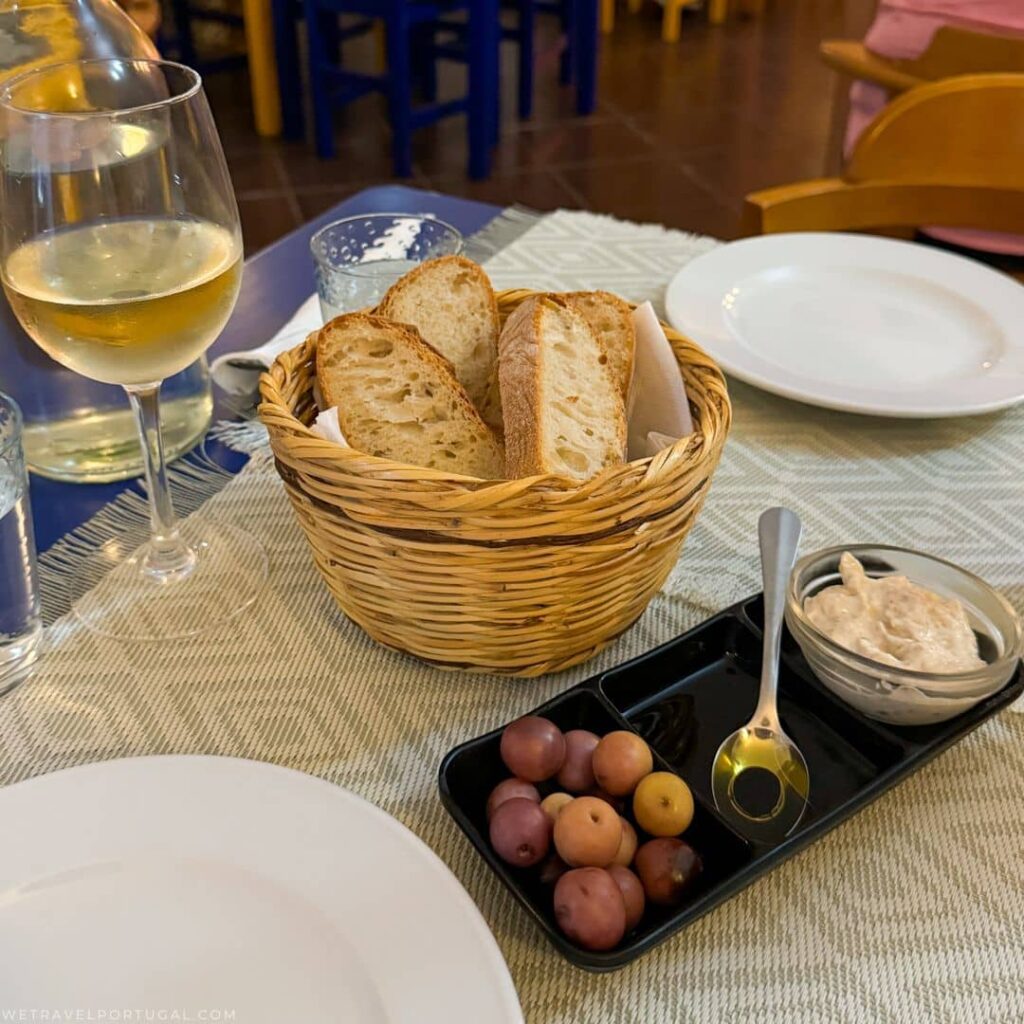
2. Not Carrying Cash or Trying to Use an International Card
There’s still lots of places in Portugal where ‘Cash is King’, and don’t expect everywhere to take an international card either. Coffee shops, bars and local restaurants often prefer cash, to using expensive card networks from abroad.
Multibanco? Another common issue is international visitors witnessing Portuguese residents using a local card to pay. These local cards are typically part of the Multibanco network. It’s similar to Visa or Mastercard, but was pioneered here in Portugal as a low cost network for in-country transactions. This means for a small business the costs are fixed unlike Visa, Mastercard and AMEX. You’ll might come across businesses that accept Multibanco but don’t accept any other card payments.
Multibanco is advanced, you can use just a phone number connected to an app to pay for things too! But it’s only available to for cards connected to Portuguese banks.
3. Using Euronet ATMs
Much has been written about the high transaction fees, and foreign exchange fees EuroNet adds on to any withdrawals. If you’re using an international card, be prepared for very high fees, and if you’re a savvy shopper do what you can to avoid them.
These high fees are a simple ‘withdrawal fee’, usually a fixed price. Then a very poor foreign exchange rate, which they use underhanded techniques to get you to pay.
If you have to use a Euronet ATM, always decline their conversion, and use your own banks conversion – which should be a better exchange rate. You’ll usually need to confirm this twice!
If you can, find an ATM provided by a proper bank in Portugal. The Portuguese refer to these as Multibancos, and most major banks in Portugal provide them.The costs are much lower, but your own card provider will still make some charges.

4. Not Making a Prearranged Airport Pick Up or Making a Plan
It’s unfortunate, but now is becoming more common in Portugal – Taxi and driver issues at the airport. The usual issues, airport taxis whose meters have suddenly broken, or take much a longer route, or don’t know exactly how much the destination will cost because of traffic… Taxi scams have been around for decades, and they are unfortunately here in Portugal.
Additionally, away from the taxi ranks, you may find ‘friendly’ drivers, they’ll offer to help you with your bags, and even offer a low-cost ride. Do not go anywhere with them, these drivers are unlicensed and are breaking the law by even soliciting services at the airport. If they’ll break the law to get your business, do you think they’ll follow any rules when it comes to driving you around and taking a payment?
The main way of avoiding this is to make a pre-arranged pick up or plan out your steps before you arrive. Pre-book a transfer service or use a ride sharing app – like Uber or Bolt from the airport. Of course you can also use public transport like the bus or the metro.
These services allow you to fully understand the fee in advance, give you a layer of protection and accountability, and remove you from any airport stress and high pressure sales tactics.
If you find yourself in a scary situation, don’t be afraid of trying to get the attention of anyone nearby, or if you’re under threat phone the Police – 112 here in Portugal!
5. Visiting overly Touristy Restaurants – Photo Menus, Multi-Language Menus, Generic Names
This is another of the most common mistakes in Portugal, and no doubt lots of other destinations. Visiting low quality restaurants or being tricked into visiting them.
How to avoid them? So how to avoid them, these restaurants typically employ several ‘tricks of the trade’ to get you sitting.
The first, good restaurants really don’t need people to beckon you inside, this is perhaps the biggest telltale of a less than great restaurant.
Secondly, they don’t need large glossy menus with photos of every item as well. Beware menus that have been translated into multiple languages – although this is becoming more common. A tell-tale sign of a poor restaurant is a menu printed in English, French, German and Portuguese. Why? They want to grab as many tourists as possible.
The final sign? A generic name – Traditional Food, Portuguese Restaurant. Names like these make them difficult to find on Google and other review services which means they get less bad reviews because now people can’t find them.
How to find a good restaurant? Word of mouth, reviews, or simply asking people. There are so many places to ask these days, or simply read reviews before you choose a place.
6. Petiscos, Not Tapas – Portuguese Plates
While on the theme of food lets mention a common misconception surrounding tapas. Here in Portugal, a similar concept is Petiscos which you’ll find on many menus but especially at petisqueira’s. Restaurants that specialise in petiscos.
Like the Spanish equivalent, petiscos are small plates that are shared between a table and you’ll order a few! Some of my favourite traditional petiscos are Pica Pau (woodpecker beef) or Rissóis de Camarão. They’re small dishes made for sharing and they’ll allow you sample lots of Portuguese flavours in delightful mouthfuls.
Don’t be the tourist that’s hunting for tapas, any tapas restaurants you might find will largely fall into the above – point 5!
7. Speaking Spanish
Perhaps it is the similarity of Óla and Hola that make people feel comfortable switching into Spanish? Or perhaps it’s misguided courtesy by attempting to speak in a European language to the Portuguese when you don’t speak Portuguese?
Either way, it typically results in a cold shoulder. The Portuguese rather like being addressed in Portuguese, and don’t often enjoy the assumption they speak Spanish.
If you prefer to speak Spanish, simply ask first – Olá, você fala espanhol? You’ll get a much warmer response!
Top Tip: Speaking the basics in Portuguese is always welcomed too!
8. Being Tricked by the Sunshine – Pack a jacket, and wear layers
Plastered all over marketing materials is the common phrase that Portugal gets over 300 days of sunshine a year. The constant sunny photos and media might trick you into thinking this equal year-round warmth. Outside of the summer months, Portugal can get chilly quickly, but that bright sunshine can also warm you up.
The key is layers and the ability to add and remove them based on the local conditions. Similarly, Portugal has a wide variety of microclimates. It might be warm in Lisbon, but up in Sintra just 30 minutes away it can easily be wet and windy. Staying on top of your weather app and planning for different conditions is key!
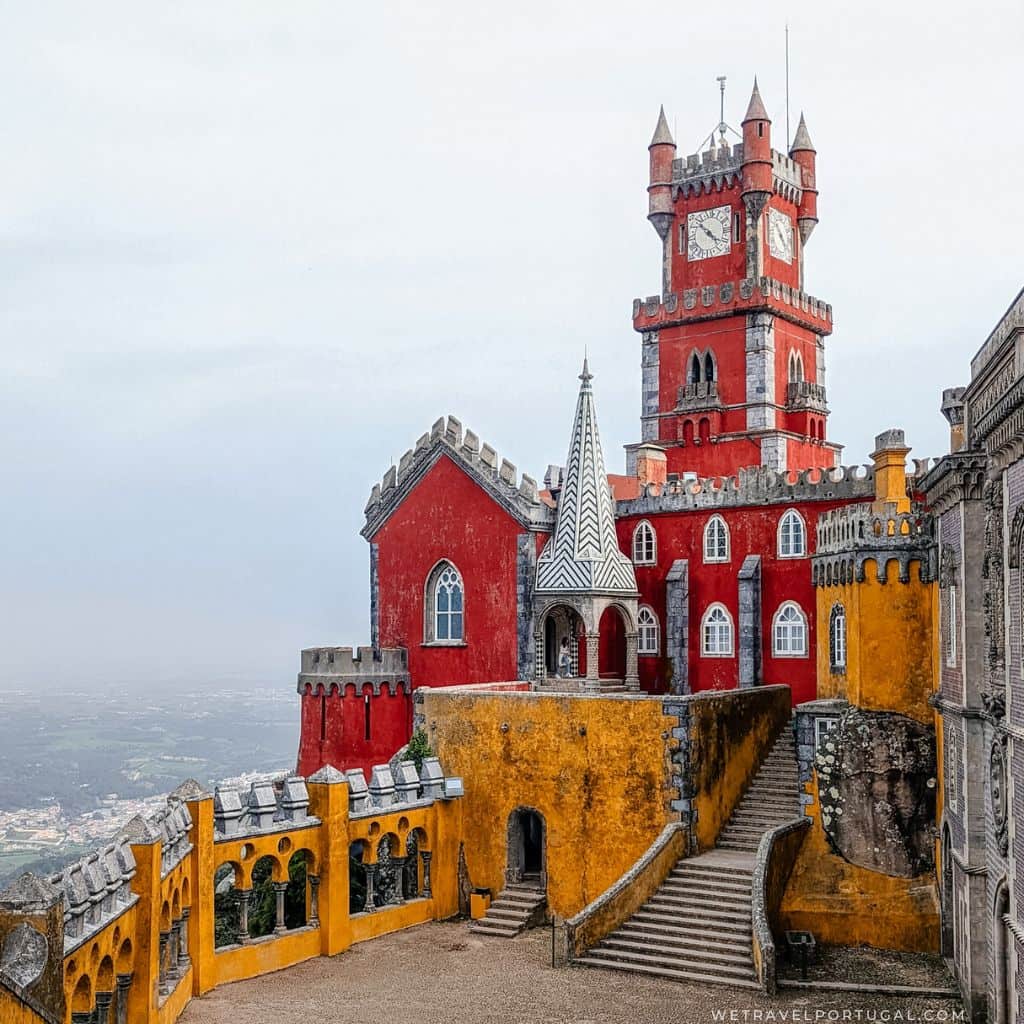
9. Shoes, Trainers and Good Footwear
One of the most common questions I receive? What shoes should I bring to Portugal? The answer is surprisingly simple, if you’re planning on touringplan on something comfortable all day long that can handle steps, stairs, and Portuguese streets.
Two of the most popular destinations – Lisbon and Porto – are surprisingly hilly. Coupled with calçada – Portugal’s popular cobble stones. This can make for long days, with lots of stairs on uneven terrain. The bravest locals can easily dance along these in high heels, but most visitors can’t. Wear something simple and dependable instead!
10. Timing the Weather and Big Wave Season
A second weather mistake is simply trying to time it and basing your plans around it.
Nazaré is now one of the most famous destinations in Portugal, you can thank the media attention on the ‘world’s biggest waves’. However, what they don’t tell you is that these waves rely on particular local conditions that often include storms. These storms are very hard to predict – so don’t plan an entire trip around trying to catch waves. Be flexible in your plans and have back up options.
Likewise – shoulder season is becoming ever more popular. October being a widely praised month that offers warmth and none of the crowds. October is the traditional start of the rainy season so don’t be surprised if you do get rained on!

11. Bringing Foreign Tipping Practices to Portugal
Now this is a contentious issue and one which can be tricky to navigate. Tipping is not mandatory or expected in Portugal, and depending on where you originate it will be different to what you expect.
In general, if you want to tip, we’d say to give a maximum of around 10% on bigger bills, and to round up to the nearest euro or two on small amounts. As someone that worked in the service industry, the locals won’t often tip on their coffee orders, or their smaller meals. It’s just not common or expected.
Practices are changing however, and this is a hot topic. Suggested tips are appearing on bills, and some card machines are being offered to customers with options between 5% 20% tips. I’d say the consensus from the locals is to push back against this practice, prices are already inflated in most touristy areas and that US style tipping is too much.
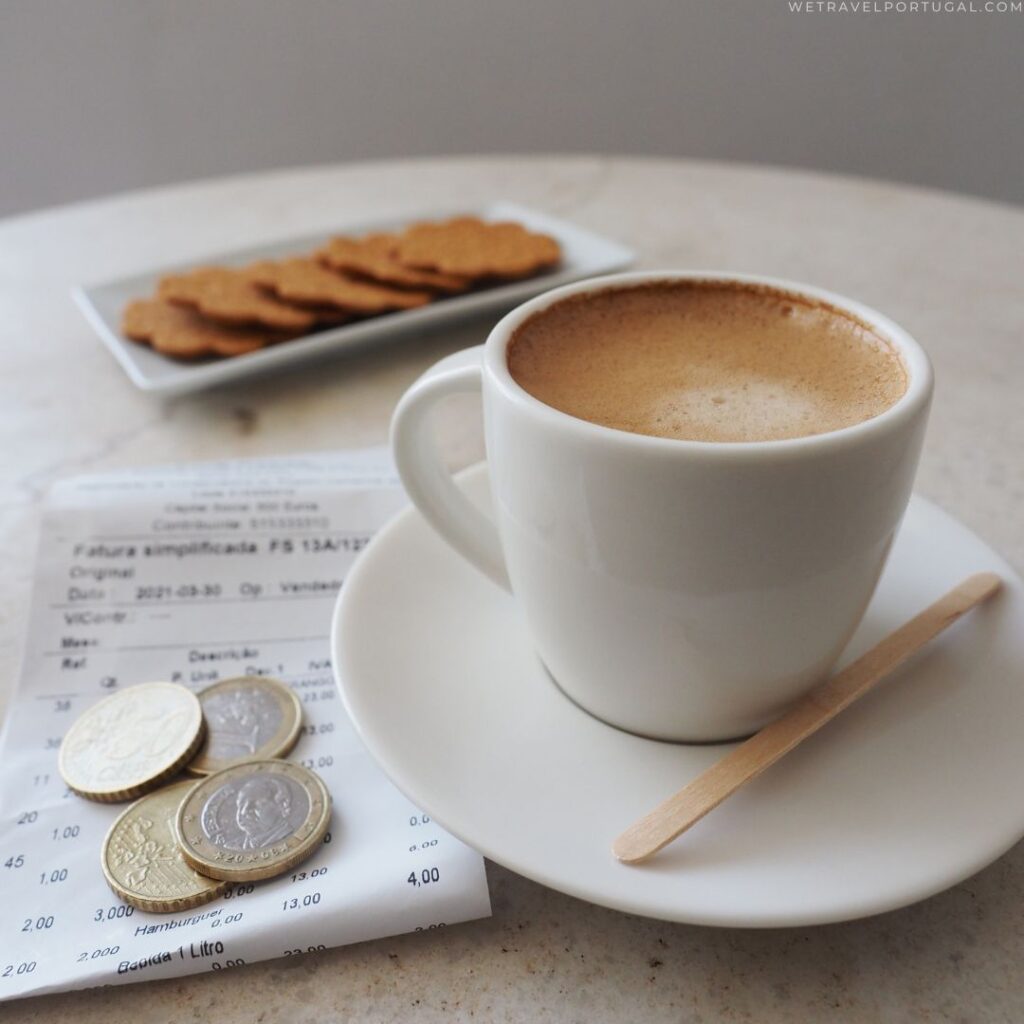
12. Buying Vintage Azulejo Tiles
No doubt, after an incredible holiday in Portugal people will want a memento or piece to take home. Sometimes, vintage or antique Azulejos really catch the eye. What’s more Portuguese than the beautiful tiles that adorn the historic buildings?
It is really important you don’t buy these.
Many of these tiles are stolen from historic buildings from around Portugal. Despite the claims that they may have been recycled or reclaimed. When purchasing from second hand sellers it’s nearly impossible to verify these claims.
You should not support the untraceable and unaccountable business of selling historic azulejo tiles. If you want a souvenir, purchase new tiles instead or perhaps paint your own?
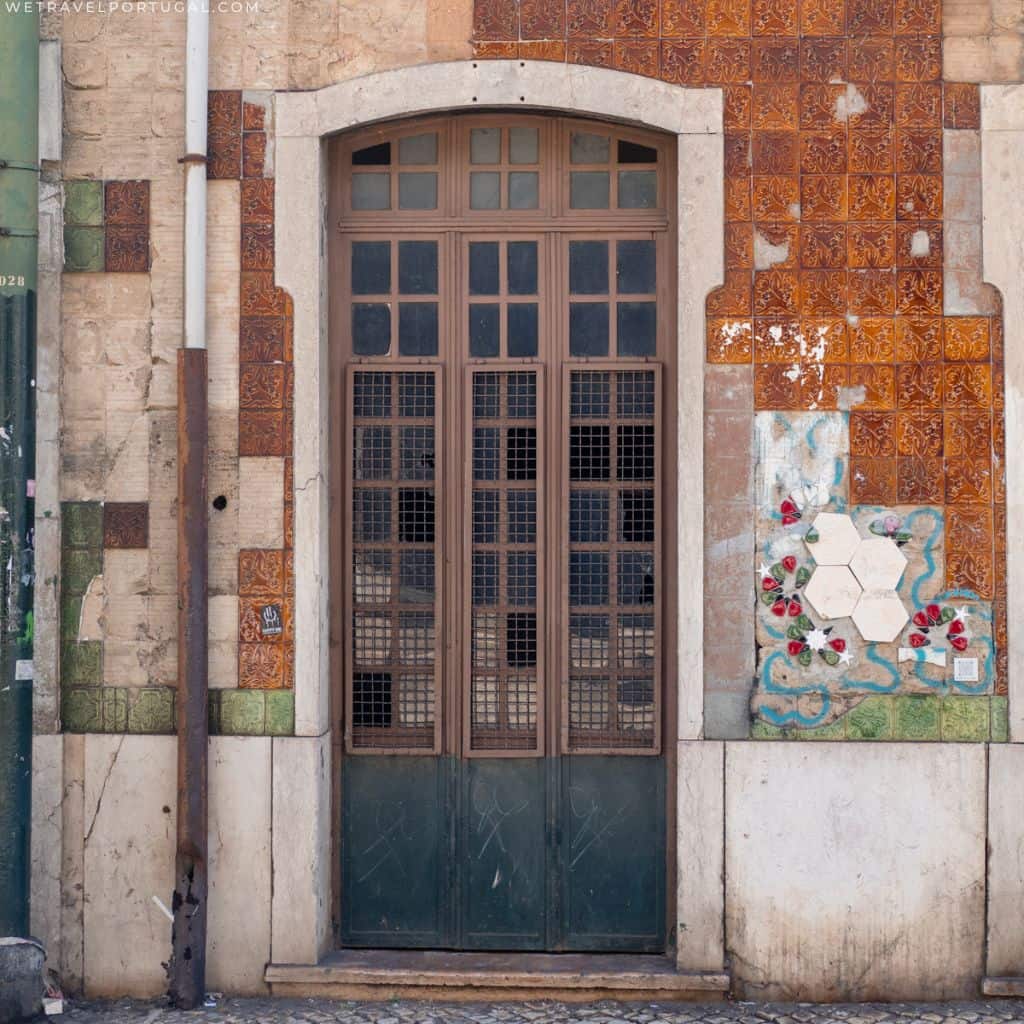
13. Assuming everywhere is Safe
Once again, marketing and expectations. On the whole Portugal is a safe country when it comes to various major crimes and crime indexes. However, that does not mean you should let your guard down.
Pickpockets are a known problem in touristy areas, with people quick to take advantage of distracted people focussing more on their experience than on their pockets!
Similarly, confidence tricks are beginning to be more common, beggars with sad stories, people that are trapped and need just €5 to get that plane ticket home. Portugal might be a safe country, but that doesn’t mean you should let your guard down.
14. Rental Car Safety
The above applies to your rental car, and any practices you take in your home country should be applied to Portugal too. Smash and grabs at beach car parks, or main attraction car parks are something to be aware of you can protect yourself through simple steps.
Don’t have an obvious rental car – if you can, insist on one without a sticker, or if your careful remove the sticker yourself. There’s no harm in simply saying that the sticker removed itself at some stage of your trip.
Secure your belongings out of sight – again if you have a rental car with a boot (or trunk for our American friends. Place your belongings in the boot and reverse park against something solid so it can not be easily opened. If anyone looks through your windows, there should be nothing that can easily be seen.
Don’t repack or reveal all your luggage when you arrive at your destination – this is a super common mistake; you arrive at the beach and maybe you need a towel or a swimsuit from your suitcase. You open up your boot and reveal to everyone all your belongings in a neat storage container. Pack what you need for your activities so you can get out your car simply without revealing to everyone around you, you’ve got plenty more items!
With these tips you’ll have a much lower profile at any car park and reduce the chances of smash and grabs.
15. Not Seeking Local Advice
Guidebooks, travel agents, even influencers and bloggers often have limited experience. Our final common mistake is travellers not seeking local advice.
We live and breathe Portugal, it’s our home, our passion, and our business. Not seeking local advice can saddle you with awkward or difficult plans or even get you into trouble quickly.
Choose to talk to people that at the very least have recently been in Portugal, use a forum where you can connect with visitors, travellers, travel planners, and tour guides and speak to the people that are passionate about Portugal.
With these 15 tips, you’ll have a much better trip to Portugal. Anything you think is missing from the list? What mistakes did you make in Portugal?

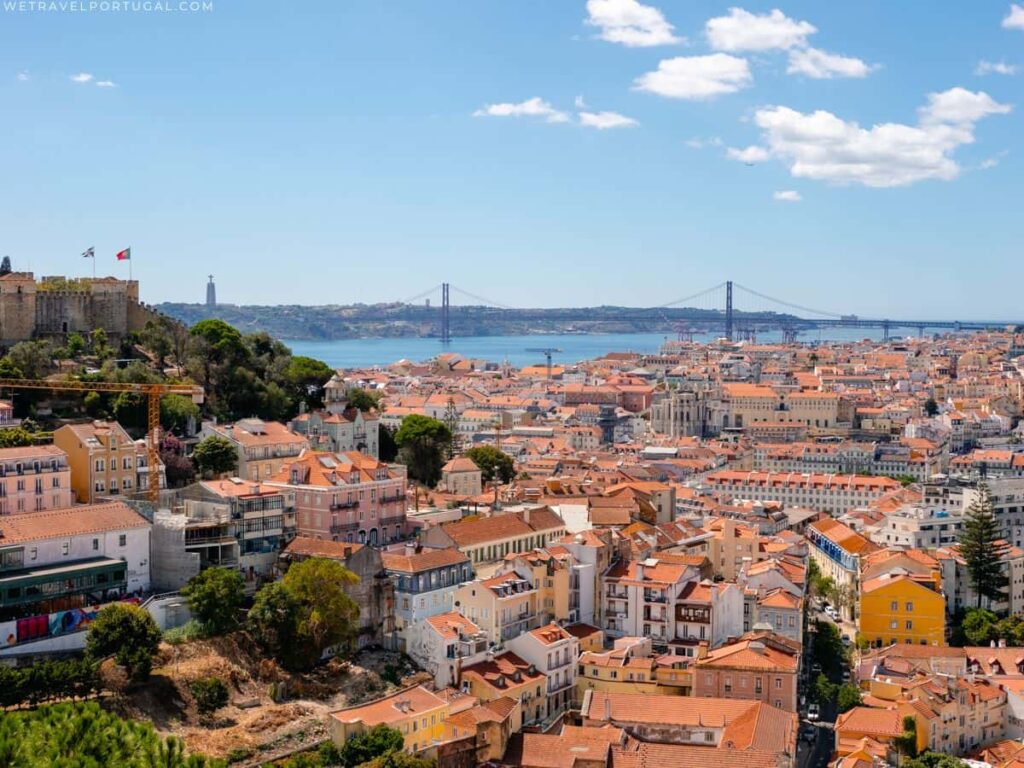
Great advice. I can second all the excellent points made. Thank you, Ana!